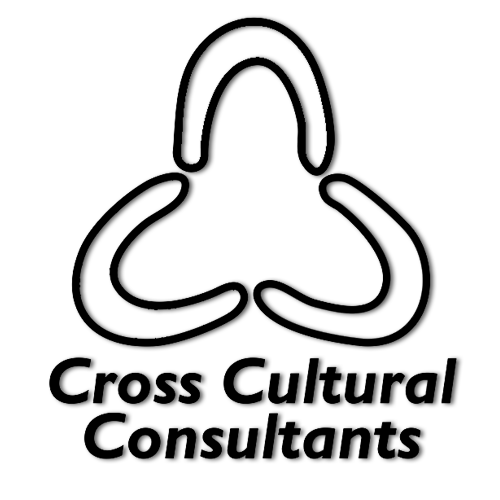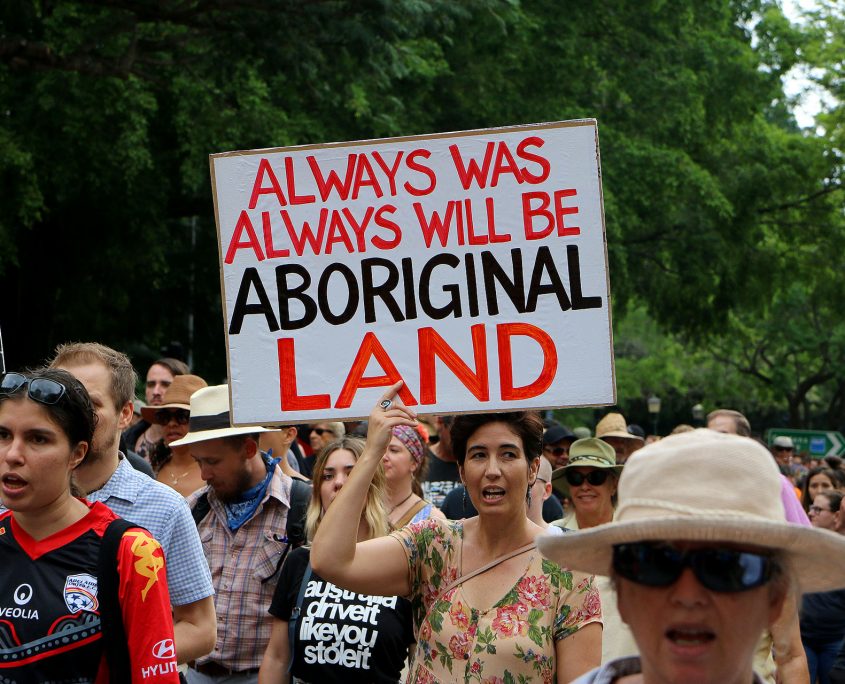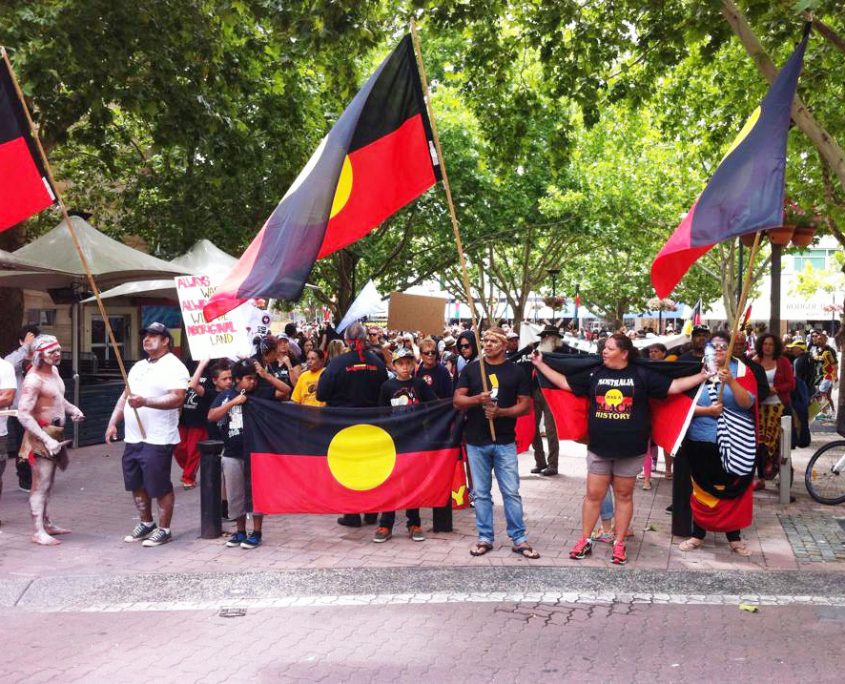Why Are We Still Talking About A Treaty?
In May of 1967 Australians went to the ballots in a referendum to amend the constitution and include Aboriginal people in the census and allow laws to be created for them by the Commonwealth.
In May of 2017, Aboriginal leaders gathered again on culturally significant ground in Uluru, 500km from Alice Springs with a clear goal: to be recognised legally as the First Australians though inclusion in the legal framework on which modern Australian is based, and to be truly heard through an elected representative body.
The 2017 National Constitutional Convention brought together Aboriginal people from all over Australia. They met for days of talks about the current state of Aboriginal Australians and their hopes for the future. What emerged was something they called the Makarrata Commission, announced in the Uluru Statement.
“We seek constitutional reforms to empower our people and take a rightful place in our own country. When we have power over our destiny our children will flourish. They will walk in two worlds and their culture will be a gift to their country.
We call for the establishment of a First Nations Voice enshrined in the Constitution.
Makarrata is the culmination of our agenda: the coming together after a struggle. It captures our aspirations for a fair and truthful relationship with the people of Australia and a better future for our children based on justice and self-determination.
We seek a Makarrata Commission to supervise a process of agreement-making between governments and First Nations and truth-telling about our history.
In 1967 we were counted, in 2017 we seek to be heard. We leave base camp and start our trek across this vast country. We invite you to walk with us in a movement of the Australian people for a better future.” [1]
Constitutional reform that will involve getting a First Nations voice in parliament and moving towards a treaty is on the agenda for Aboriginal leaders. While we welcome further discussions and actions on a treaty, we remain surprised that after decades of poor Government policies and promises there remains any doubt at all that a treaty is absolutely necessary. Australia is the only Commonwealth nation that does not have a treaty with its Indigenous people, and frankly that’s not good enough [2]. We agree that Aboriginal people are “voiceless and powerless” as Pat Anderson notes, and that there does need to be “substantiative change; structural change that will make a difference” [3].
Touching On UNDRIP
In 2007 a meeting of the General Assembly of the United Nations adopted the United Nations Declaration on the Rights of Indigenous Peoples (UNDRIP). The declaration was adopted by a majority of 144 states, with four – including Australia – standing against it [4]. A new Australian government went on to adopt the declaration in 2009 [5], with the then Indigenous Affairs minister Jenny Macklin saying the adoption was an important step towards closing the gap between Indigenous and non-Indigenous Australians.
The United Nations Declaration on the Rights of Indigenous Peoples is something that was 20 years in the making. The declaration was intended to set out basic standards relating to the protection and recognition for Indigenous people all over the world. It talks about their rights, including the right to land, resources, identity, freedom from discrimination, culture, traditions, language and self-determination [6].
When Australia refused to adopt the UNDRIP in 2007, the government of the time – led by John Howard – claimed that UNDRIP would risk raising Aboriginal traditional law over national law. This was despite the fact that UNDRIP is not a binding document, but rather a promise that nations make to work harder to improve the lives of their Indigenous people through policy and action. As Mick Dodson, the 2009 Australian of the Year put so succinctly:
“Human rights do not dispossess people. Human rights do not marginalise people. Human rights do not cause their poverty and they don’t cause the gaps in the life expectancy and other life outcomes. It is the denial of rights that is the largest contributor to these things. The value of human rights is not in their existence; it is in their implementation.” [7]
Addressing Structural Issues In Australia’s System
The reason we want to talk about UNDRIP is because, while the document is not legally binding, any treaty that is negotiated between the Australian government and the First Australians must represent the values contained within this document. UNDRIP should be considered the fundamental scaffolding on which any future treaty may be build.
We fully support a treaty and believe that one is long overdue, but understand there are some Australians still in denial. If you don’t believe there needs to be a treaty, consider this:
The entire system – from legal to social and economic – on which Australia stands is based on a lie. That lie is that Aboriginal people did not exist in Australia at the time of white settlement. That lie is that they had no structure, no significance and no value, meaning settlers were free to dispossess them in total ignorance of the most basic fundamentals of British law. Now that needs to be resolved.
Australia needs to understand that you cannot own something that you have stolen. It must always belong to those who possessed if first. Of course, now it’s much too complicated to simply give Australian land back to Aboriginal people. There are so many other things to consider, from ownership to past traumas. As a country, such an action would result in social and financial collapse, which is why a negotiated settlement must occur.
A treaty is, and always has been, the best way to accomplish this kind of settlement. It allows Australia to acknowledge the constitutional rights of our Indigenous peoples, and the importance they have and will continue to have in our cultural heritage. It allows these people to have a voice, a say in their future and control of their destiny and that of their descendants. Yes, there needs to be some kind of body that speaks for Aboriginal Australians in all matters effecting sovereignty, land and so on, but it cannot give away the fundamental right of non-Indigenous Australians to exist.
Any treaty that is negotiated needs to be undertaken respectfully, and with an open heart. This isn’t about winning and losing, it’s about securing a bright future for all Australians, and moving forward with a better respect and understanding of the immense value and importance of Aboriginal culture and heritage to all of our lives.



